John Parks loves coffee. In 1994, Parks turned that love into a full time job, first going to work for a coffee roaster just west of Boston, then six years later buying his boss' operation. Given that we are always interested in what goes behind the scenes of food businesses, we went to talk to Parks about his Armeno Coffee Roasters, LTD.
Housed in a former flour mill that dates back to 1727, Parks' has built his business into an award winning artisan roaster. It's been mentioned by global food writers like Jon Thorn, and has attracted customers around the world, both other retailers and just individuals who like a good morning cup of Joe.
We wanted to know what went into growing Armeno Coffee Roasters from a business perspective. But here's the thing with Parks; his heart is a bit more focused on the beans than on the books. Like many in the food world, his passions may lead to income but his first love is for the products he can produce and share. Here's what he shared with us about coffee.
What do you think more people should know about coffee?
Coffee employs 1.5 percent of the world’s population. I think roughly 25 million people depend on coffee crops for their livelihood. Most are growers.
People are always surprised to find that coffee is a seed inside a fruit and that it doesn’t come roasted. People don’t realize what goes in to creating a roasted coffee. It’s a seed inside a fruit the size of a cranberry. All our coffee is picked by hand and grown at high elevations. The seed passes through 400 hands before it goes into your cup.
And there are so many different varieties of beans. The flavor depends on the bean and the soil and how freshly it’s roasted. And what taste level it’s roasted. And then how it’s brewed. If you want to compare it to something like wine, it’s a much more complicated beverage. There are a little more than 1000 taste components to coffee.
How would you classify your customers when it comes to this knowledge? Are most of them really interested in the nuances of coffee?
Actually, we have two types of customers; those who either always drink the same thing or those customers always looking for something different. Some people tend to be more adventurous and others tend to stick with what they love. Some people are more interested in the origin and some people are more interested in how it will taste in cup.
It does seem that the adventurous ones seem fascinated by all the different countries that coffee comes from. You could say that drinking interesting coffees is an easy way to explore the world without needing to actually travel. And in the past ten years the Fair Trade movement has gained a lot of ground in trying to get money back to people who grow the coffee and eliminate the middlemen who took advantage of that, so
What should people look for in coffee when shopping at their local markets and supermarkets?
First, freshness. Look for when the coffee was roasted. It’s best to know what farm it came from, versus just Colombian. It’s good if you see an actual sample of the coffee – and you only want to buy whole bean – not ground.
When you look at the bean it should be the same color end-to-end. If you can crack the bean down the centerline – it should be roughly the same color tip to tip. If it’s darker on either side it’s probably been roasted too high a heat. And if it’s real yellowish or white in the center it’s probably been roasted too slowly. That’s something that people don’t look at.
Why whole bean versus ground?
Coffee starts losing flavor two weeks out of the roaster. We like to see our coffee consumed within a month of the roasting. And ground coffee should be used within a week.
Vacuum-packed bags of roasted coffee do not help. They are not fresher. Because roasted coffee gives off gases. After it’s roasted, for the first 72 hours, the beans are emitting carbon dioxide. At our operation, after we roast, the coffee is packed in bags with a one-way valve to allow the gas to escape. Well, vacuum packed bags of coffee means those beans have been roasted some time ago. The nature of that packaging means the coffee is stale because if it were freshly roasted, the bags would expand.
The other thing to look out for is this; if the coffee is in the bin, you want to look and make sure there are not a lot of bits of broken pieces of coffee. You want the bulk to be in the whole form. A lot of the commercial roasters, as it’s roasting, they almost beat up the coffee. You get cracked bits in the mix, which usually means that the smaller bits will roast faster and it’s just not going to be as good a coffee.
How would you describe the difference between a good cup of coffee from a great cup?
Hmmm. That’s a tough question. A lot of it is personal preference. Some people tend to like lighter fruiter like African – say, Kenyan – something that has a fruity bright finish. I tend to like fuller body coffees like Indonesian coffees with lower acidity and richer fuller body. I’m not sure I can tell you the difference.
Has your taste in coffee changed over the 20 years of running your business?
Not really. But it does change depending on time of year. During the colder weather, I like stronger more robust. In summer, I like lighter coffee. I certainly don’t limit myself to Indonesian coffee. Right now I’m having a cup of Maui Mocha, which is a small coffee bean from a small farm in Maui – similar to the first beans from Ethiopia. It’s a tiny bean and it has medium body to it but it’s a fairly chocolaty… Honestly, there are so many great coffees out there.
How do you find out about new coffees?
Sometimes it’s through brokers. Sometimes it’s directly through the farms. There are also times during the year when they will actually auction off specialty coffees from different estates. And sometimes those coffees go for a lot of money because you have a large group of roasters interested.
What types of specialty?
Like Geisha coffee from Central America. That can go up to a couple of hundred dollars a pound. And there’s the Kopi Luwak. That’s a coffee from Indonesia. What happens is there’s this animal, a bit like a civet cat, that eats the coffee cherries off the trees. Then people go and pick through their scat, then wash and process the coffee. What’s happened is that these cats only choose the ripest of coffee cherries to eat. Then the enzymes in their belly change the flavor of the coffee that comes out. We usually get the Luwak coffee in around the holidays. A lot of roasters will sell for $300-$400 a pound. We sell for 125 dollars a pound. It’s a very unique, syrupy coffee. Usually sells over the Christmas Holidays.
You mentioned knowing what farms the coffee is coming from. Is that a growing trend?
It’s one of the biggest trends in the last five years. Beans are becoming more farm specific. A lot of the farmers have realized that if they take better care in harvesting their coffee they’ll get a better price.
It’s just if you’re trying to source pork or steak having it from a specific place like Neiman Ranch, you know that the farm is putting their name on it, they’re going to be more likely to give greater care in processing the coffee.
What was your life before coffee?
I’ve always been around food. I grew up in Philadelphia and my mother had a little gourmet market with some friends. They actually prepared gourmet meals and froze them as takeaway items. I started washing dishes there at age ten. That was in the mid-70s when there wasn’t a foodie culture. Then in high school and college, I catered for extra money.
I knew I didn’t want to go into the restaurant business because the hours are so demanding. Coffee seemed a good thing to get into. It’s a 9-5 job. Let me raise a family.
How would you describe your different customers?
Half of our business is wholesale, 20 percent are people who mail order, and the remaining 30 percent is walk in traffic. We also have a beer and wine license so we have a wine room to sell bottles of wine and have regular tastings of wine.
Where is the next evolution of coffee taking us?
People are doing all sorts of things with coffee. With the huge trend in microbreweries, one of our customers has started kegging cold brewed coffee.
Micro-brewed cold coffee? Can you elaborate?
Basically cold brew is taking ground coffee and wetting it with cold water and letting it sit between 12-24 hours and then filtering it. It makes a concentrate that you add water back to. Most people use it for iced coffee. It’s fantastic because there’s no acidity and it’s sweet, not bitter.
So one of our customers has started kegging this cold brewed coffee and then basically forcing nitrogen into it. Sort of like a Guinness. Rather than just regular CO2 gas to pour the beer, nitrogen actually will work in removing more of the bitterness out of whatever liquid it is; coffee or beer.
Once you put a cold brewed coffee into the keg you pressurize it with nitrogen and over time that constant pressure will infuse into the liquid and essentially carbonate it. When you pour it, it will pour just like a Guinness. It will be dark and frothy and have that head.
It’s interesting because the nitrogen will make it much sweeter. If you closed your eyes and took a sip, you would swear it had milk or cream. That’s not just because of the mouth feel, but because it’s so sweet and smooth.
I think this trend started two years ago. People have started to bottle and can Nitro Coffee. It’s almost bordering on molecular gastronomy.
My customer has a restaurant and a bakery and a standalone bar in Worcester. It’s something unique. And it’s a cross over between people who are beer fanatics and coffee fanatics. That crossover between coffee lovers is why we started selling wine. Because there’s so many similarities between growing wine grapes and coffee grapes. There’s a lot of cross over.
What has been the biggest challenge in running your coffee business?
Trying to predict what customers will want. Maintaining the supply chain. Without unlimited funds, I have to predict how many bags of which coffee to buy. Some of those coffees are only available once during the year. So you have to always forecast how much you’ll need. We carry coffee from 30 different countries. Trying to predict how much Guatemalan pea berry I’ll need for six months, knowing what will be big sellers and what I need to stock up on, that’s a challenge. And it’s something I’m very rarely correct on. Forecasting what will be popular and what to buy. It’s like forecasting what will be the next trendy thing.
In running your business, what has been the source of the most pleasure?
Corny as it sounds, it’s about making people happy. Having someone come in and say, “that was one of the best coffees I’ve ever had.” Two weeks ago we got a thank you note from a customer who we’ve had for 17 or 18 years. It was just a simple “thank you” but out of the blue. And very much appreciated. That probably is the best thing.
What’s the smartest thing you ever did in your business?
Adding the wine to the offerings that we’ve had. It’s one of the most interesting things. Getting to try new wines and the cross over between
If something bad hit your business, say another recession, a tornado, whatever it was, what would you focus on to save your business?
Definitely the wine would have to go. We’d concentrate on the coffee. And if it were purely a financial burden, I’d look to focus on the retail customer. Retail customers they pay right away. Our wholesale customers have 30-day terms. That makes cash flow harder. It’s always tough, whatever the challenge. In the last recession, I remember we were hit 35-40 percent of our business during the holiday period when we do a third of our business. It was tough. Unfortunately, there’s not a lot you can do to prevent it. Just be as conservative as you can but you can’t be too conservative. If you decide not to purchase Hawaiian Kona because you’re afraid of finances, you’ll pay for that by your numbers going down.
If you won five million dollars tomorrow, how would that change what you do with your business?
I’d buy larger lots of hard-to-find coffee. Also, one of the things I’ve toyed with is adding a brewery. The problem is we’re in an old gristmill. The building is challenging but it has a lot of character to it. If I came on a windfall I’d think about extending the building and putting in the brewery. But right now that’s not an option. Though brewing has always been an interest. Just a fascinating science. Like coffee.
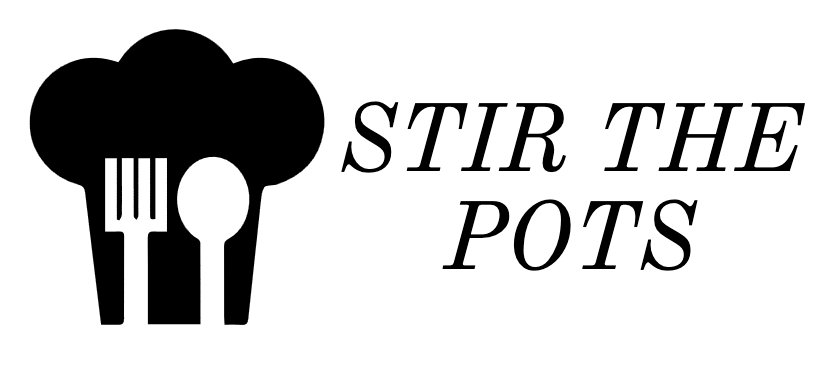
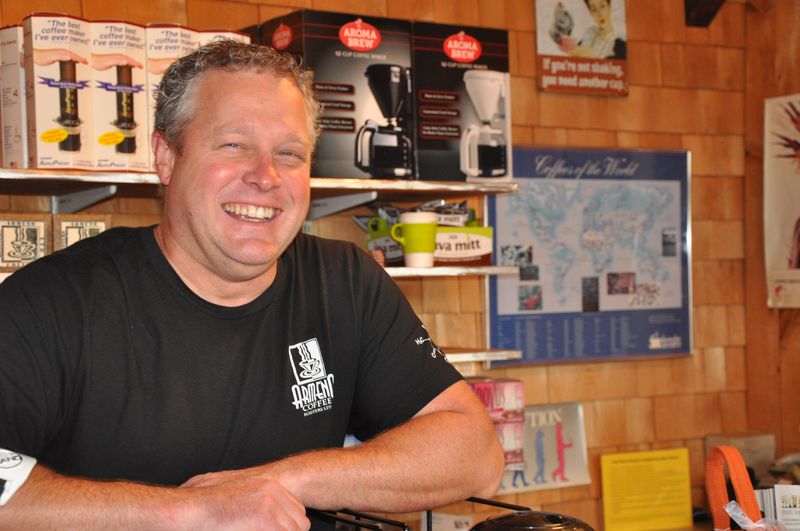
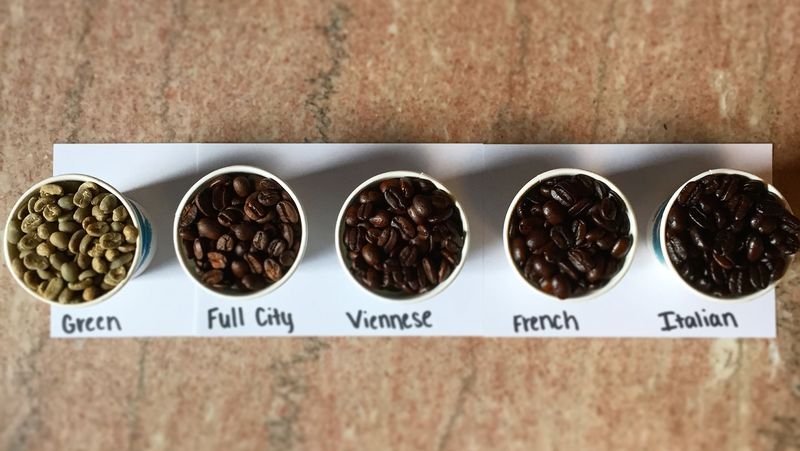
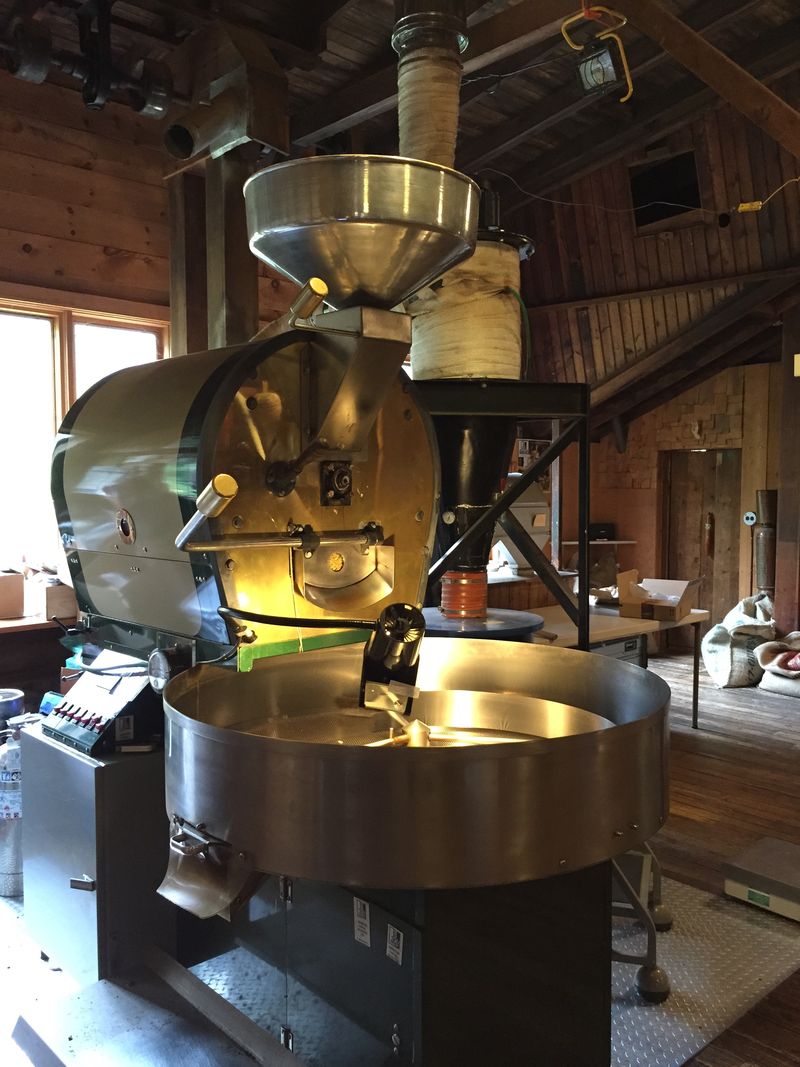
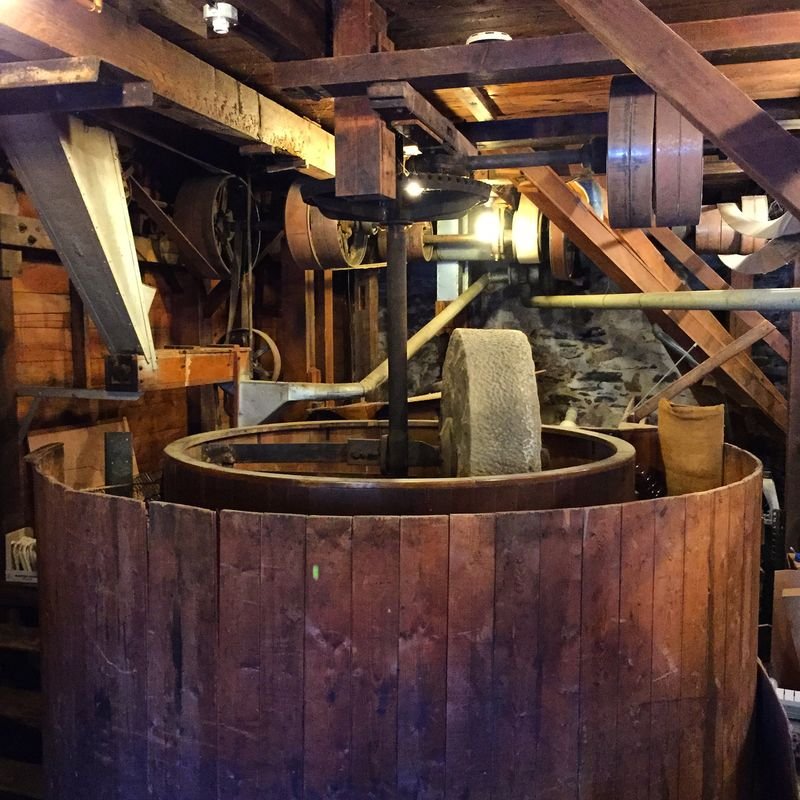
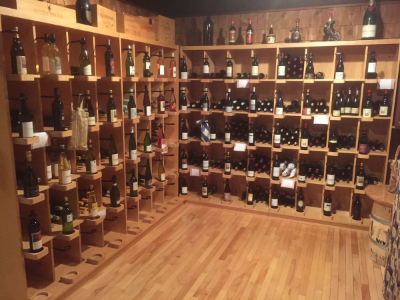
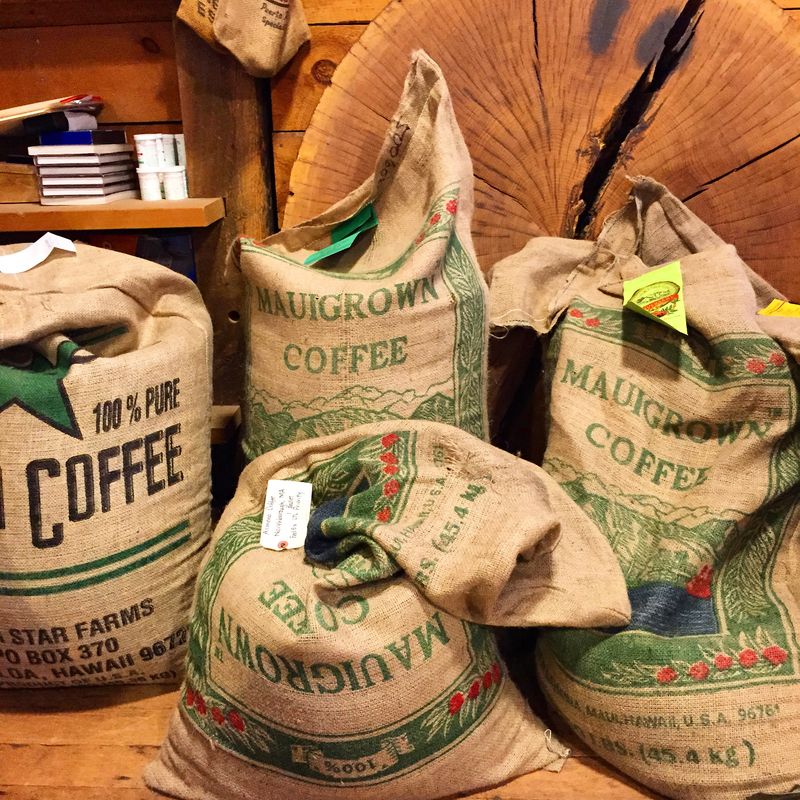
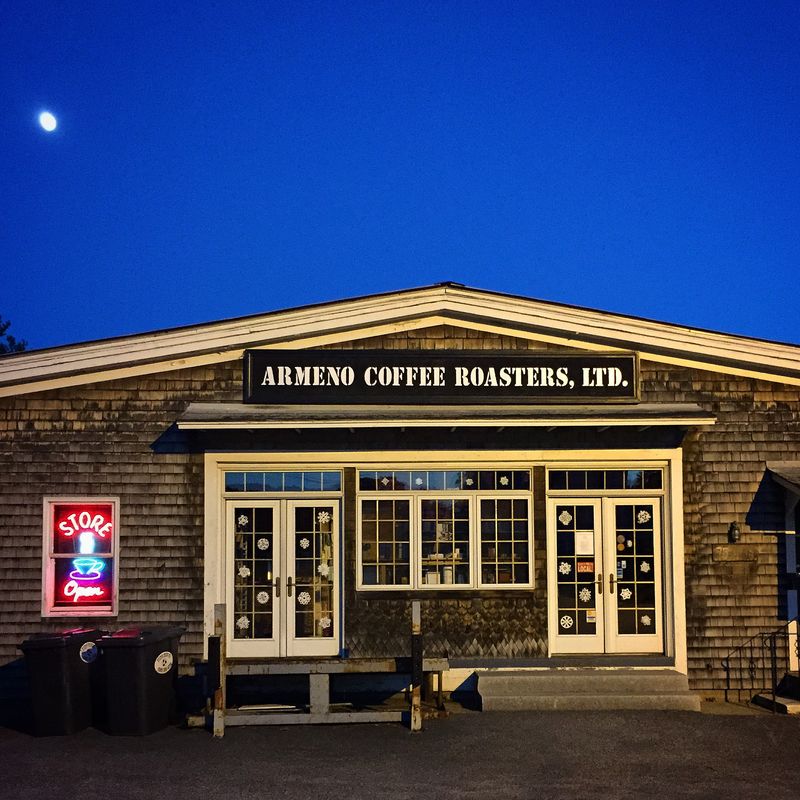
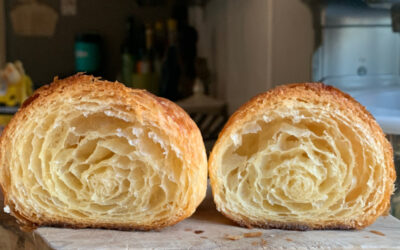
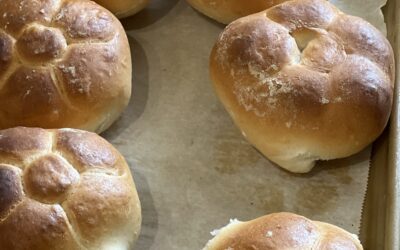

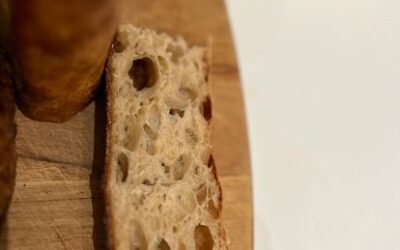
0 Comments